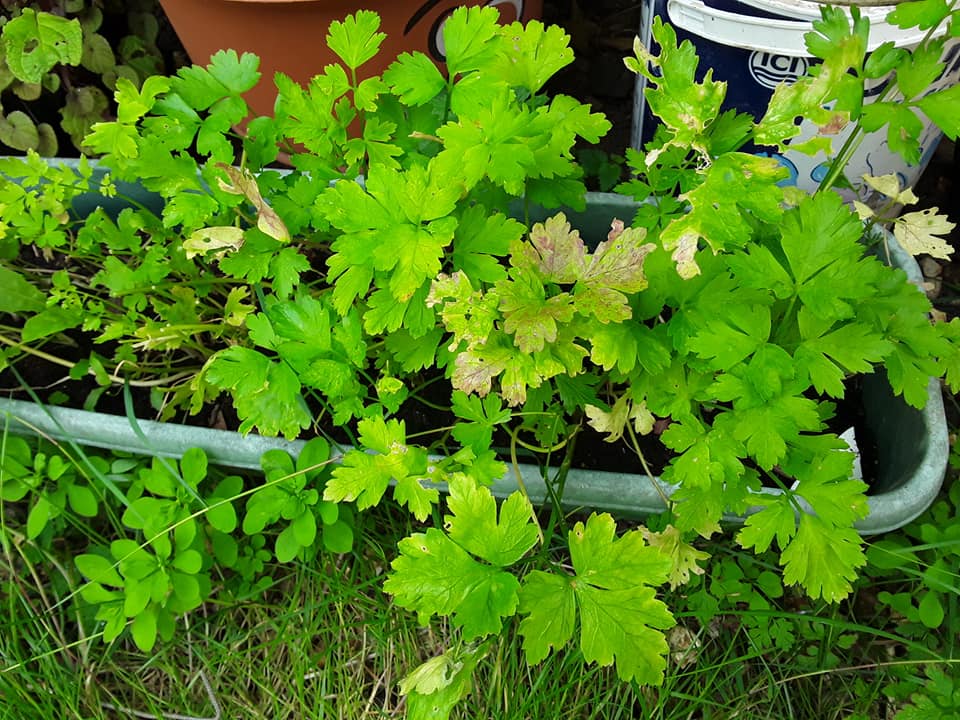
Coriander is an herb that’s commonly used to flavor international dishes. It comes from the Coriandrum sativum plant and is related to parsley, carrots, and celery. In the United States, Coriandrum sativum seeds are called coriander, while its leaves are called cilantro. In other parts of the world, they’re called coriander seeds and coriander leaves. The plant is also known as Chinese parsley. Many people use coriander in dishes like soups and salsas, as well as Indian, Middle Eastern, and Asian meals like curries and masalas. Coriander leaves are often used whole, whereas the seeds are used dried or ground.
- Coriander may lower blood sugar by activating certain enzymes. In fact, it’s powerful enough that people with low blood sugar should use it cautiously.
- Coriander is full of antioxidants that demonstrate immune-boosting, anticancer, anti-inflammatory, and neuroprotective effects.
- Coriander may protect your heart by lowering blood pressure and LDL (bad) cholesterol while increasing HDL (good) cholesterol. A spice-rich diet appears to be associated with a lower risk of heart disease.
- The antioxidants in coriander may reduce brain inflammation, improve memory, and reduce anxiety symptoms, though more research is needed.
- Coriander may reduce unpleasant digestive symptoms like bloating and discomfort often experienced by people with IBS. It may also boost appetite among some people.
- Coriander exhibits antimicrobial effects that may help fight food-borne illnesses and pathogens like Salmonella.
- It contains antioxidants that may protect your skin from aging and sun damage. It may also help treat mild skin rashes.
- All parts of the Coriandrum sativum plant are edible, but its seeds and leaves taste very different. While coriander seeds have an earthy flavor, the leaves are pungent and citrus-like — though some people find that they taste like soap.Whole seeds can be added to baked goods, pickled vegetables, rubs, roasted vegetables, and cooked lentil dishes. Warming them releases their aroma, following which they can be ground for use in pastes and doughs. Meanwhile, coriander leaves — also called cilantro — are best to garnish soup or use in cold pasta salads, lentils, fresh tomato salsa, or Thai noodle dishes. You can also purée them with garlic, peanuts, coconut milk, and lemon juice to make a paste for burritos, salsa, or marinades.
- Some breast-feeding women use coriander to increase milk flow.
Keep in mind that many of the above studies use concentrated extracts, making it difficult to know how much coriander seeds or leaves you would need to eat to reap the same benefits.
However, due to its potency, it could also give you some negative reactions, depending on the amount you consume. ALWAYS thoroughly research any new herb you are thinking of using and if pregnant or taking prescribed drugs have a chat to your GP first.
Cilantro tea is a healthy and refreshing drink that’s incredibly easy to make. It’s a great summertime drink, and perfect if you have some leftover cilantro to use up. This cilantro tea is made really easy by adding fresh or dried cilantro to boiled hot water. If using dried cilantro, you will need a tea leaf infuser to avoid drinking the little dry leaves. Add a slice of lemon and a teaspoon or so of honey. Serve leftover tea cold with added ice cubes, or reheat it before serving.
